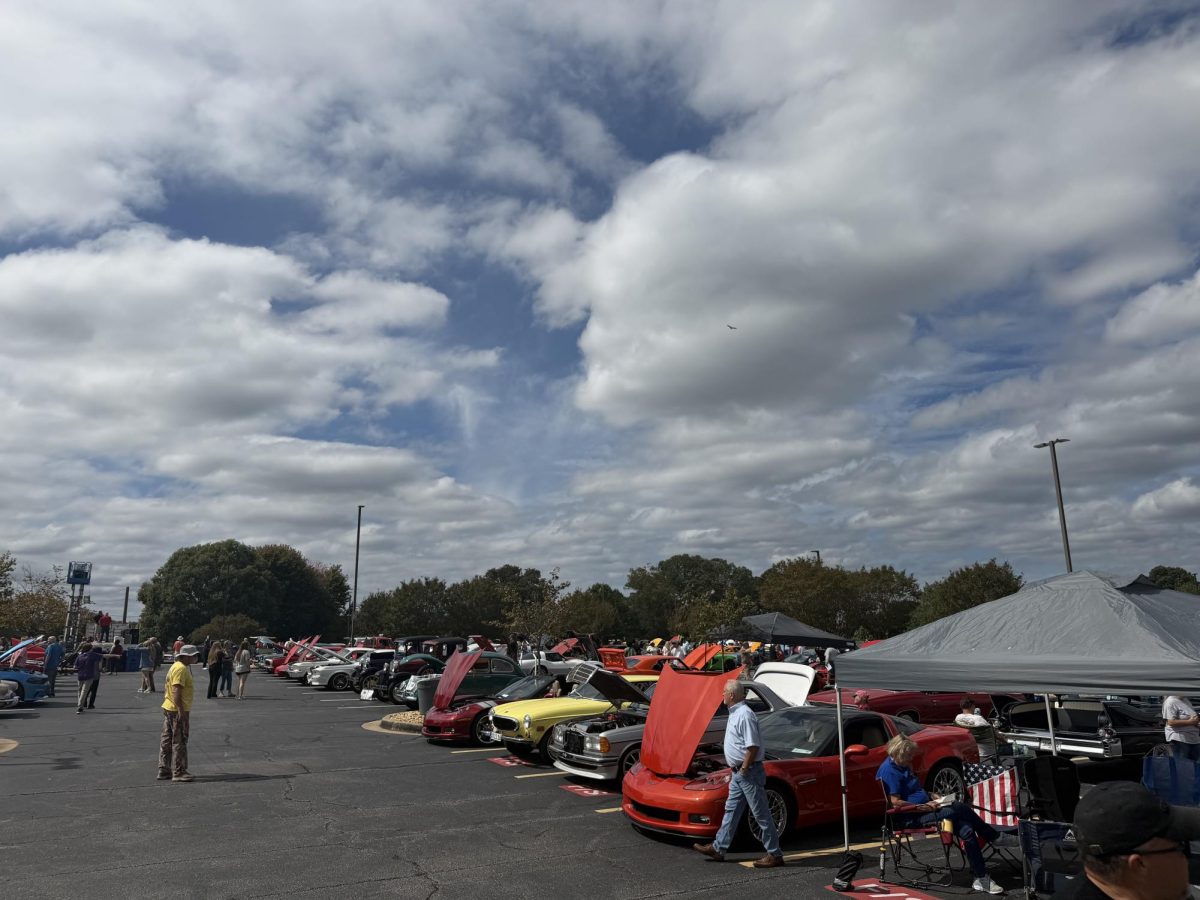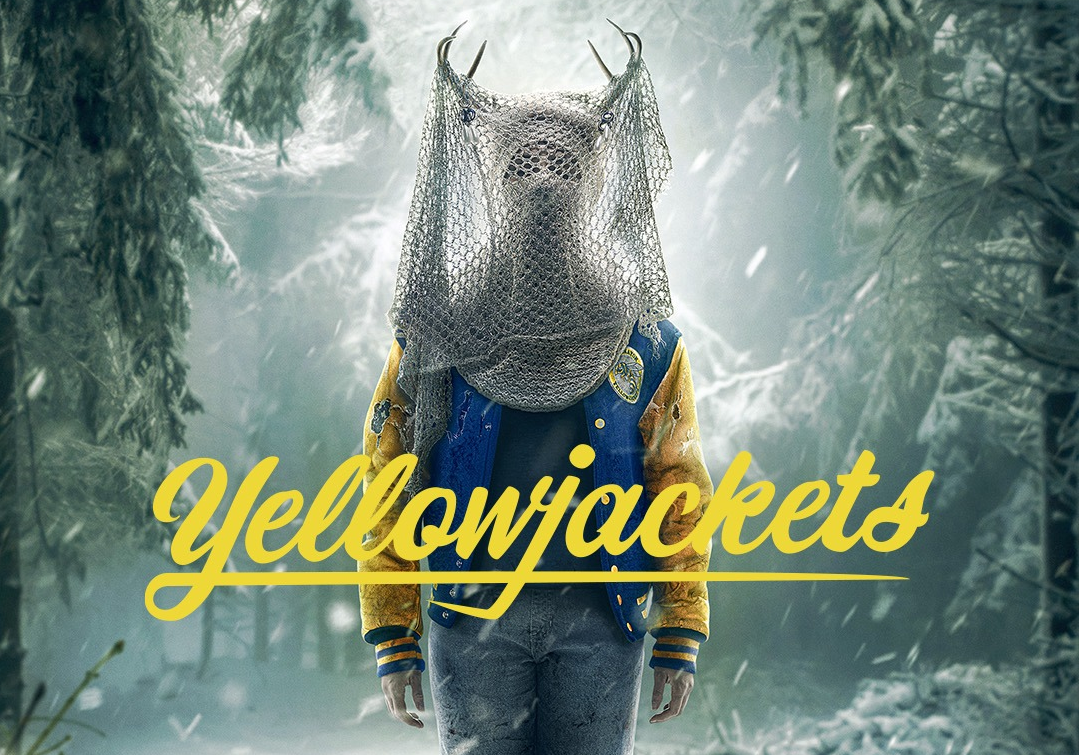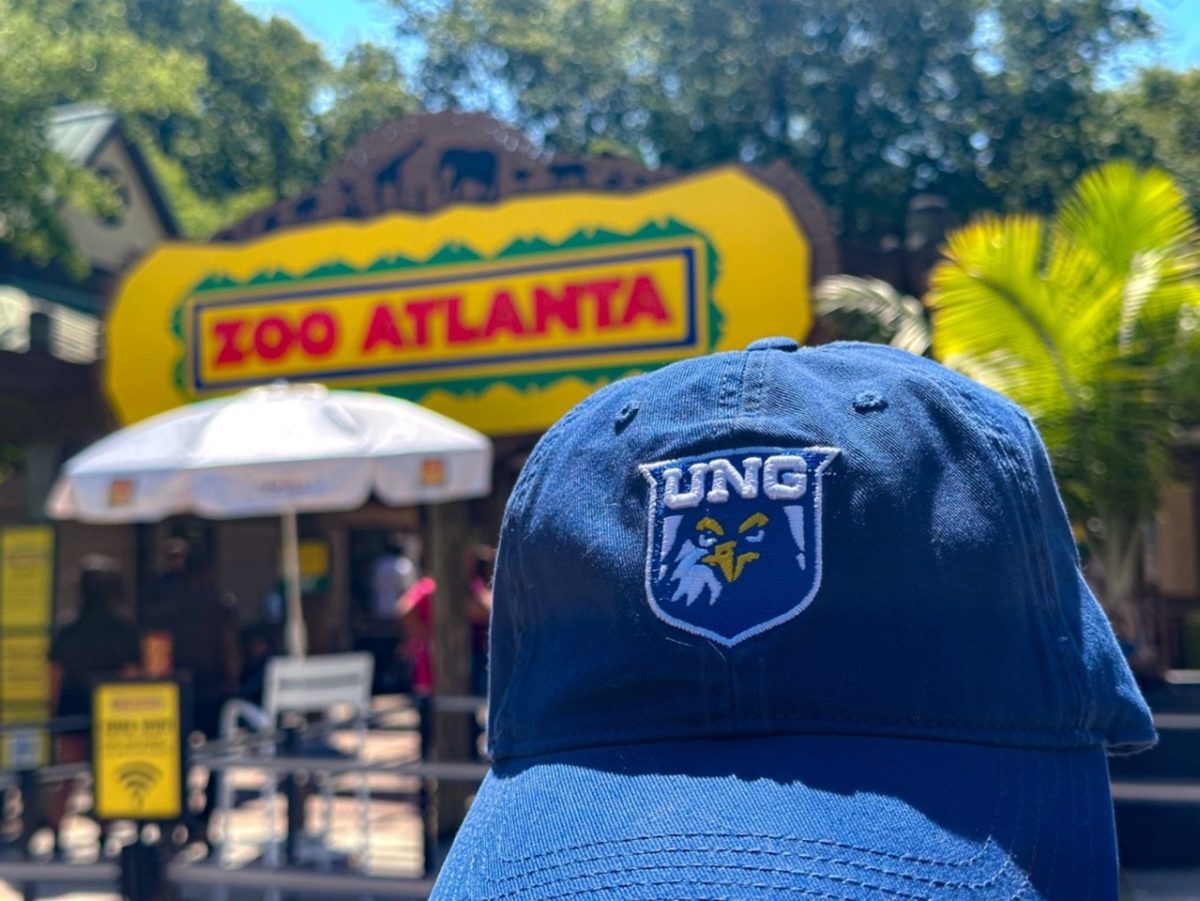Dahlonega has a strong connection to Native American history, and it’s a story that goes beyond the historical markers and the name of the town.
Native Americans were some of the first known settlers, and the Dahlonega area was a part of the Cherokee Nation. That was until Europeans found the land, and figured out that gold was abundant in the area. They pushed the Cherokee out and took over their land, as part of the Trail of Tears.
Dr. Tamara Spike, a history professor on the Dahlonega Campus, said that in Dahlonega “There used to be a small museum on the square that was run by a local group, but it died out in the pandemic. The gold museum also has a small exhibit.”
Spike noted that even the historical markers of Native American history around Dahlonega raise questions. She said, “The one outside the Gold Museum, for instance, refers to Native Removal as ‘bittersweet.’ What could be sweet about it?”
“But at the same point, community interest is high. A few of my students gave a talk at the library recently titled ‘Before it was Dahloenga,’ and it was the highest-attended event the library ever had.” Spike said.
The interest is seen in other ways, too. The legend about Stone Pile Gap, at the intersection of Highways 60 and 19 is the gravesite of a Native American Princess, known as Trahlyta. It is said that if someone passes, they should place a rock on top of it for good luck. If someone were to tamper with it in any way, it’s said that the person will be cursed.
Over the years the pile of stones at her gravesite has grown, with countless rocks being placed on the grave, showing that there are people who still know and honor the history that Native Americans in the area.
Kennedy Altizer, an anthropology professor on the Dahlonega campus, says efforts are being made to increase awareness, “HAP (History, Anthropology, and Philosophy) is working diligently to tell a more complete story and include more native voices in that narrative.”























